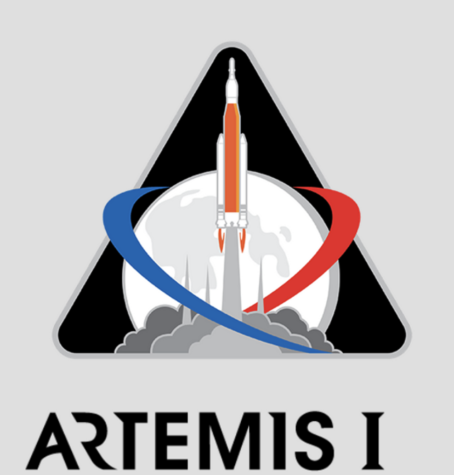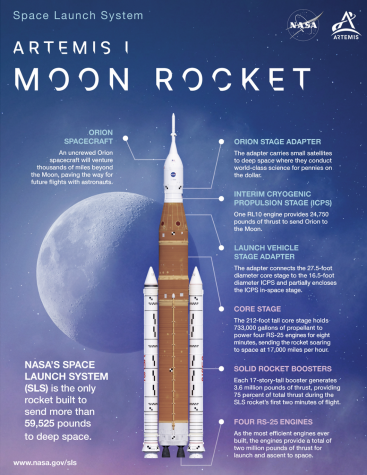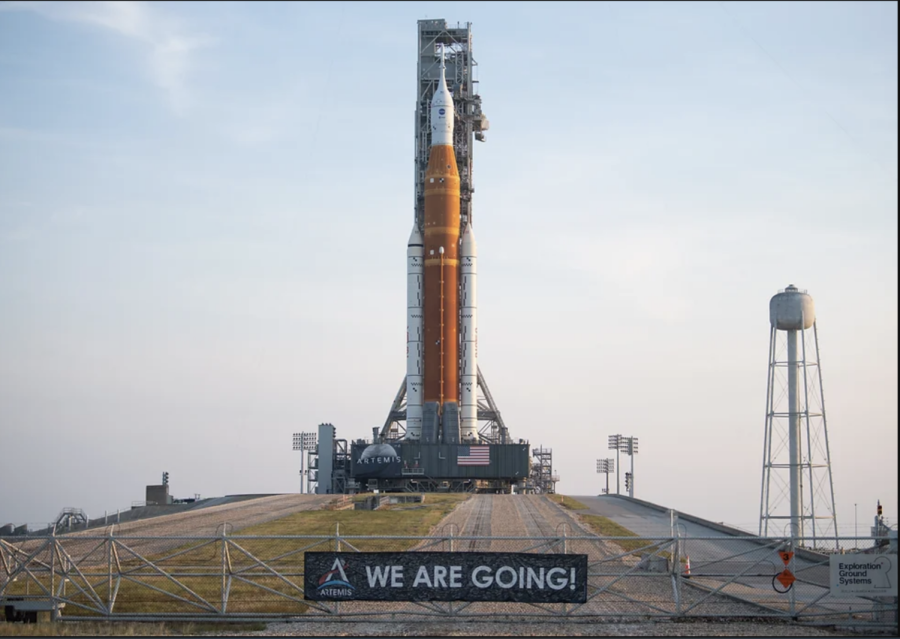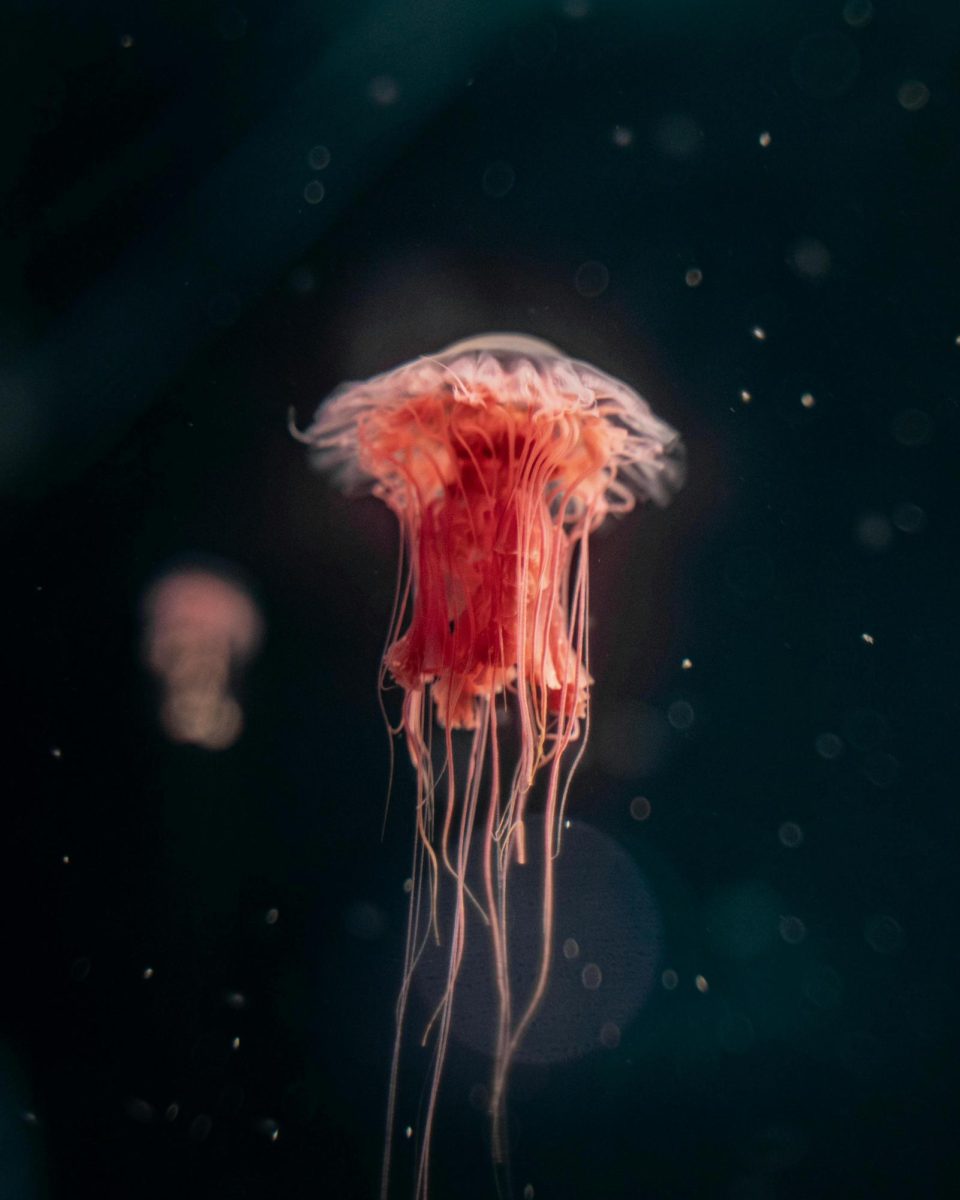Exploring Artemis 1
Going to the moon is just the pitstop
Going to the Moon once again is coming around the corner. The Artemis program aims to put boots on the lunar surface again by 2025.
With many ups and downs throughout launch testing; NASA, people, universities and many other companies have been working vigorously to accomplish another human accomplishment.
The Artemis Program began in 2017 during the Trump administration, with engineers and scientists working together to develop one of the most complex space missions in human history.
Nevertheless, several of its parts, along with the Orion spacecraft, were initially manufactured during the Constellation program 2005–2010 and after the Obama administration abandoned it.
What does Artemis mean?

As a nod to the previous Apollo mission to the Moon, Nasa decided to commemorate previous success by naming the current program Artemis.
In Greek mythology, the goddess of Artemis was named after Apollo’s twin sister, the goddess of the Moon and the hunt.

What is the process?
The Artemis program is a multi-step process with multiple missions for one day to make the Moon a pitstop for deep space exploration such as Mars.
Artemis 1 is currently on its way around the Moon as of Nov 17. it is a tremendous accomplishment for the initial step to getting the first person of color and woman to the Moon for the next Artemis mission.

Artemis 1 was NASA first uncrewed mission to the Moon with a duration anywhere between 26 to 42 days, depending on what lies ahead throughout the first mission.
Some might think that the whole rocket, as seen on launch, will go to the Moon, but in reality, just the Orion spacecraft made by Lockheed Martin will make its journey to parts of space no human has ever traveled to.
Artemis 1 aims to do rigorous testing on every component of the rocket. With intentions to harshly test all aspects of the process from launch to recovery. Making sure to find any problems that might come up.
This testing process is crucial to future manned Artemis missions, ensuring that all portions of the rocket can handle what is to come with humans on board.
“We will continue to invest in science and technology in order to accomplish great things. Importantly, in collaboration with commercial and international partners, NASA will lead a triumphant return to the Moon with the Artemis program,” President Joe Biden responded via email.
“This innovative and sustainable program will land the first woman and first person of color on the Moon, establish a long-term presence on the Moon, and learn about living and working farther away from Earth than ever before in preparation to send the first astronauts to Mars,” Biden continued.
Problems

The Artemis 1 Space Launch System (SLS) lifted off from the Kennedy Space Center early in the morning on Nov 16, 2022 at 1:47 a.m. With many setbacks, from fuel leakages to a hurricane bringing in strong winds.
There were three previous attempts for Artemis 1 launch. The first launch attempt on August 29 was scrapped.
Due to a problem with one of the engines which kept the rocket on Earth.
The second attempt was intended for September 3, but an unexpected fuel leak grounded the rocket.
Hurricane Ian once again kept the rocket from getting airborne, having to be transported to the Vehicle Assembly Building from the renowned 39B launch pad.

Info
The rocket will go further than any vessel made for humanity has ever traveled throughout this voyage, which will launch atop the most potent rocket on the whole planet.
Orion will return to Earth quicker and hotter than ever, going farther and staying in orbit longer than any other spacecraft without docking to a space station.
With Artemis being an unmanned mission, it takes complex software to help guide its every move.
Flight communication and tracking engineer working on the launch of Artemis 1 Alora Mazarakis has only been working with the Artemis program for two years but has done tremendous things for the program.
Mazarakis explained some of her work being a flight communication and tracking engineer.
“For Artemis one, it is, you know, an unmanned spacecraft. So there is not gonna be any crew in there. So the way that we know where Orion is; is basically one because the guidance navigation and control system has loaded it with the instructions, basically, the software to tell it what to do at all times. So it should be following. It is like basic navigation. It is not basic navigation. It’s complex,” Mazarakis said.
What are educators doing to help the Artemis program?
NASA and Goddard Space Flight Center teamed up to check out systemic activity at the Potrillo volcanic field in New Mexico using geophysical methods. The volcanic field is a fundament part of the research conducted by these organizations, according to John West, a retired seismologist and engineer volunteering in the field to help collect data.
“We gather the basic data to allow us to learn more about how the geological features of Kilbourne hole (Portillo) were formed and will also help us figure out how to test and investigate features like this on other planets.” West continued, “science runs on data the lead seismologist will take back to their this data to their office and analyze. Hopefully, we can look at what is underneath the creator and give them ideas on what works and what might not work to have astronauts do this on other planets.”
Many people with different backgrounds have helped create future applications that can be accomplished on the lunar surface.
Stony Brook University has had some part of the pie regarding what NASA wants to accomplish on the Moon.
Getting valuable information on the Moon is a crucial aspect of successful missions, according to Ernie Bell, a postdoc at NASA Goddard Space Flight Center and the University of Maryland.
Bell added, “We are looking at how we could potentially do those on the lunar surface with human missions, or potentially robotic however it ends up going out but how you could perform similar types of science on the lunar surface, looking at how this can be an analog for these locations on the Moon, or Mars or other places.”




















